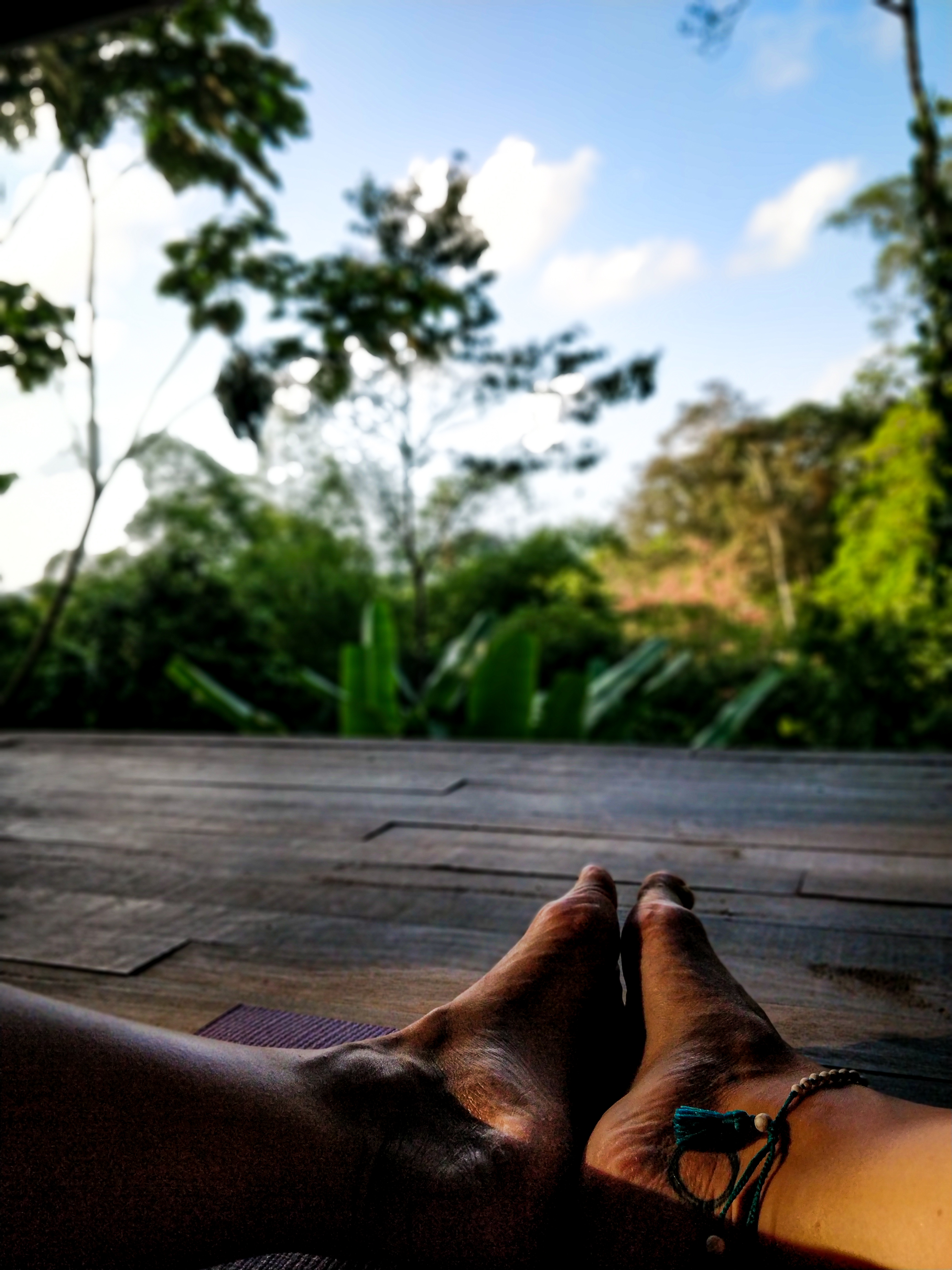
Blog


7 tips for hosting your own yoga retreat

Hosting and planning your own yoga retreat can be daunting. Here at AmaSer we are happy to share our insights. Here are our 7 tips on how to begin the process.
1. Secure that money
A boring way to begin things, yes, but securing funding is crucial. Especially during these difficult times. A lot of retreat venues require a deposit to book your retreat. This is a personal financial risk for you. In case you have to cancel for any reason, you are likely to lose your deposit. Take into account that many venues ask for minimum numbers of students to sign up in order for you to host a retreat. So try to secure this before if you can.
Other important costs to consider:
- Advertising the retreat
- Lost income from classes you’ll miss out on teaching when you are away
- Your own travel expenses
- How to budget for the retreat’s food, any excursions, and activities

2. Create your vision
Your vibe will attract your tribe. When your retreat is an authentic reflection of who you are and what your yoga practice is, you can ask yourself questions about:
- What kind of retreat would I sign up for?
- Where would I want to go?
- What features are important for me
3. Location, location
Your location has the ability to make or break your retreat, so make sure you really do your research. Travel restrictions aside, the options are truly endless: from luxury hotels in Hawaii to an ashram in India.
It might be hard to visit the location prior to survey the area. However, try to be as stringent in your planning as possible. Consider the following:
- How far away is it from where you (and your students) are?
- How far away is it from an airport? How expensive is the travel?
- Will you need transportation for excursions and activities? Does the venue offer assistance?
- Does the venue offer meals? Are they in keeping with your vision?
- How much space does the venue have? Will they have equipment?
- Does it inspire you?
Asking yourself these questions can really help to narrow down your search. We have heard about a gorgeous venue in Puerto Viejo, Costa Rica...

4. Set a Date
Next: set a date. It could be months or even years in advance, but having a date makes your dream real and will force you into action.
Use that date to help you organise your time and set goals. For example, by x date, I will have a list of interested customers, and by this date, I will have taken payments, and so on. Scheduling and prioritising make the intimidating task of organising a retreat become a series of achievable steps, rather than one impossible task.
5. Your Target Market
Next comes your students. The key component of hosting a retreat. You will need to identify who your target market is before you can really begin advertising.
- Do you want to teach couples?
- Older people?
- Experienced yogis or enthusiastic novices?
- Those seeking adventure or those wanting to chill?
Carry out market research wherever you can. For example, create surveys on Instagram and Facebook, ask your current students, and speak to other hosts.

6. Plan, plan, plan
You are, first and foremost, acting as a host. Try to be the best possible host you can be. You will have to anticipate your guests’ wishes and make them seem welcome. Attention to detail at this stage is key: from flowers in your guests’ rooms to special menus created to reflect their needs and diets.
Don’t forget to build in time to organise other activities and ensure it mirrors their interests. Let yourself be inspired by what the surroundings have to offer. Visit the nearest waterfall, beach, or organise a cooking class
7. Time to advertise
Audiences respond to heartfelt and authentic content and will respond with enthusiasm if you too are genuinely enthusiastic about what you have to offer. Social media can be your biggest friend in this case. Utilise the power of Instagram, YouTube, Facebook, and Pinterest.
Make it clear to your audiences why you are so excited about your retreat, why you picked the location and venue, and why you are teaching particular classes or styles of yoga.
If you can, personalise your efforts even more with your own photos of the location or testimonials of your students. Make it clear that this is your passion and your project.

Finally: don't forget to enjoy the process.
Even though organising a retreat requires effort and time, remember to enjoy the process when numbers seem too hard to crunch, or your dream location falls through. It is beautiful and brave that you are chasing your dream. That you are daring to dream at all. We are proud of you already.



